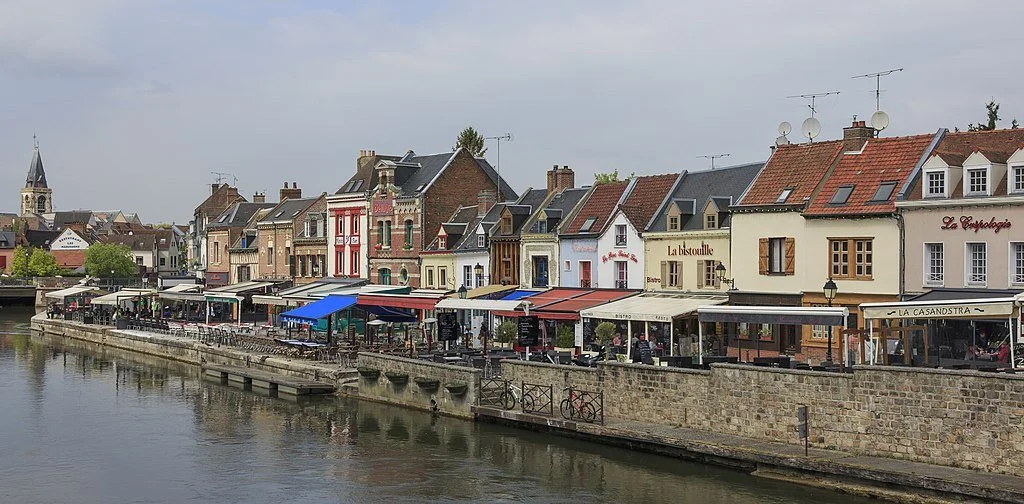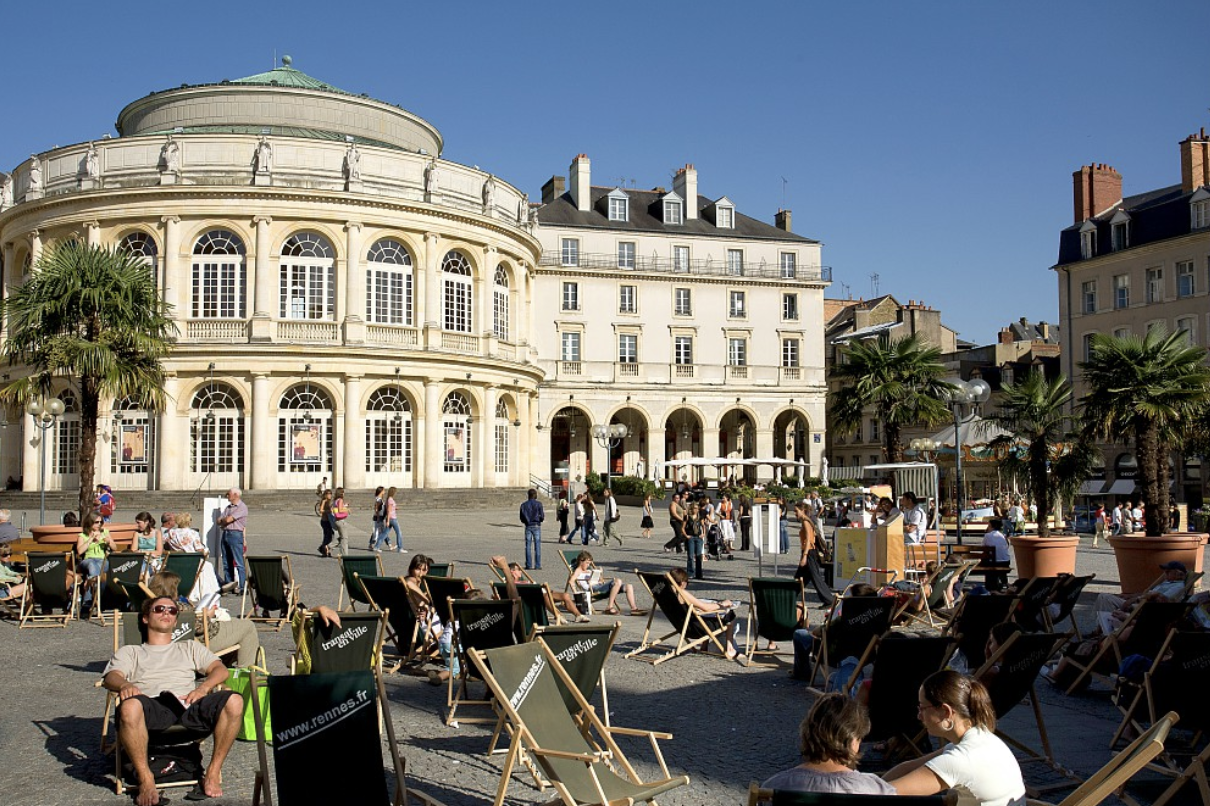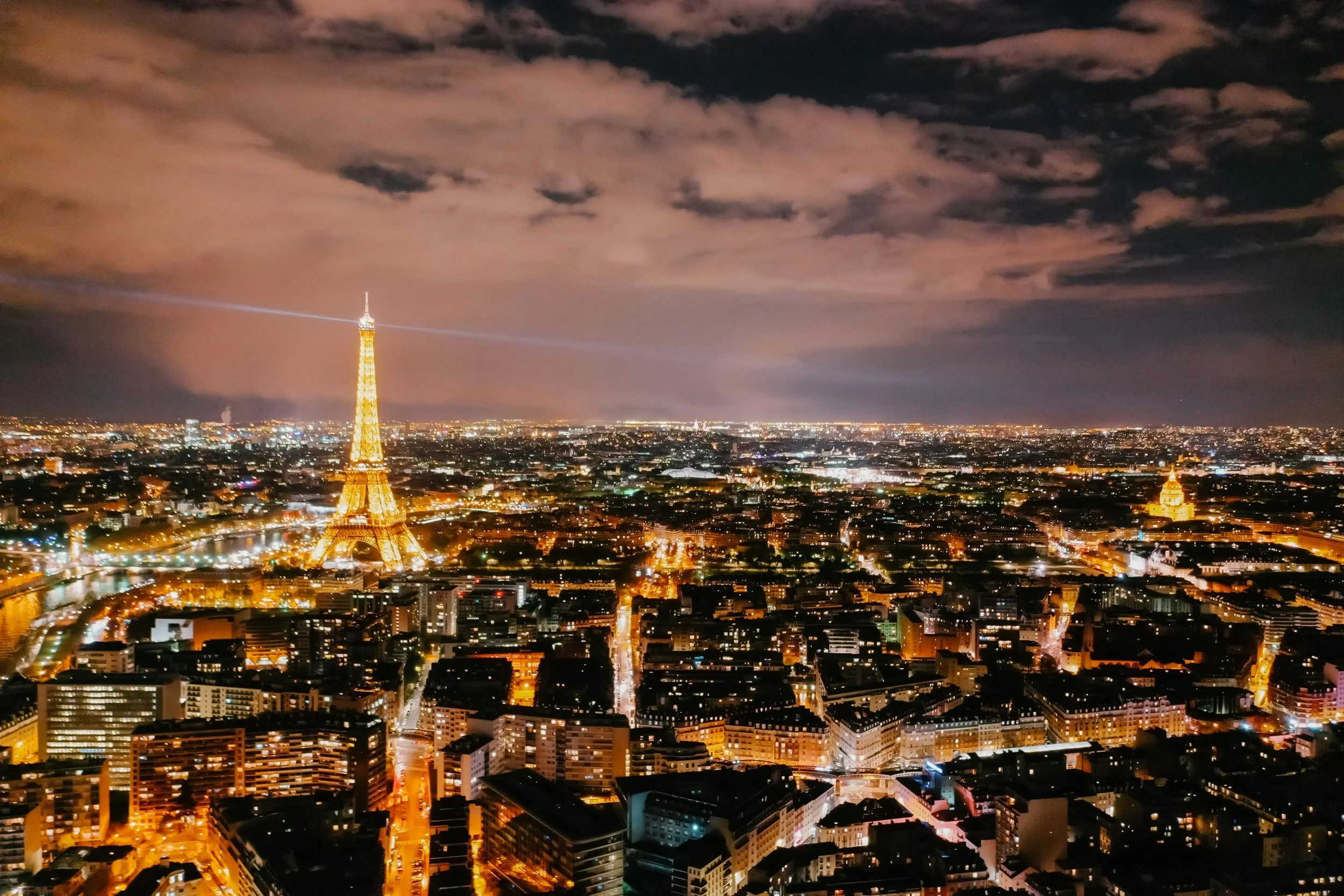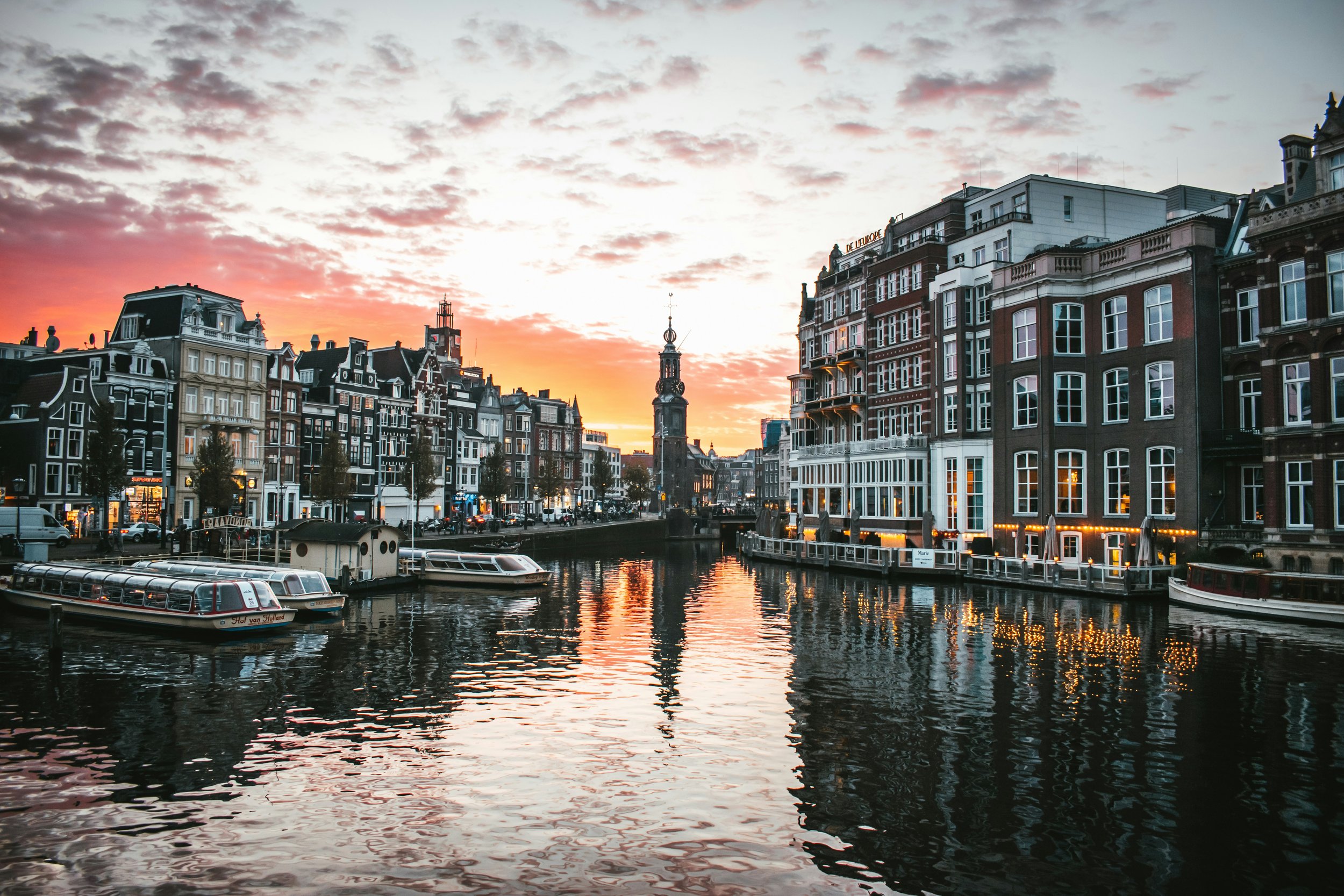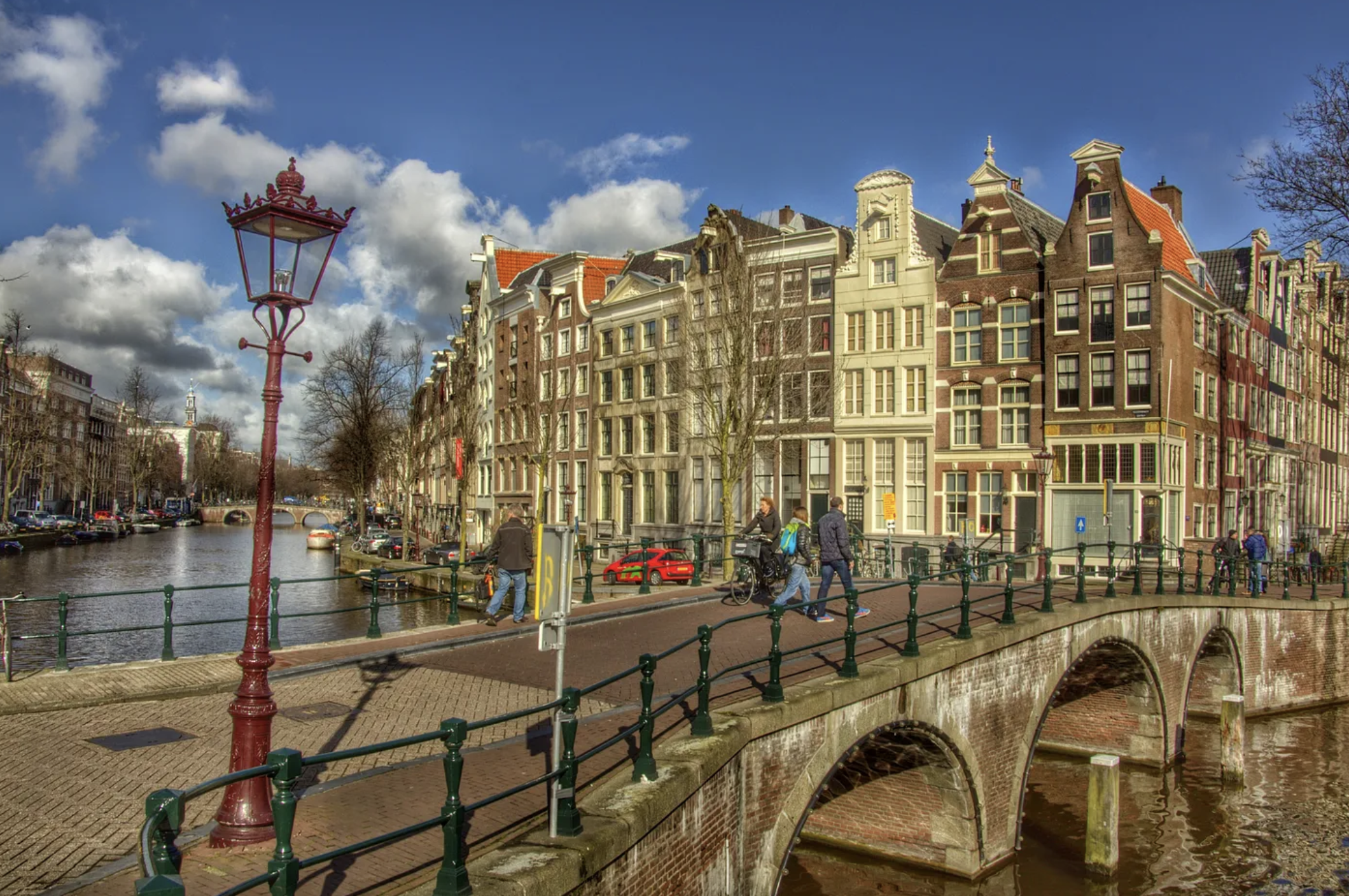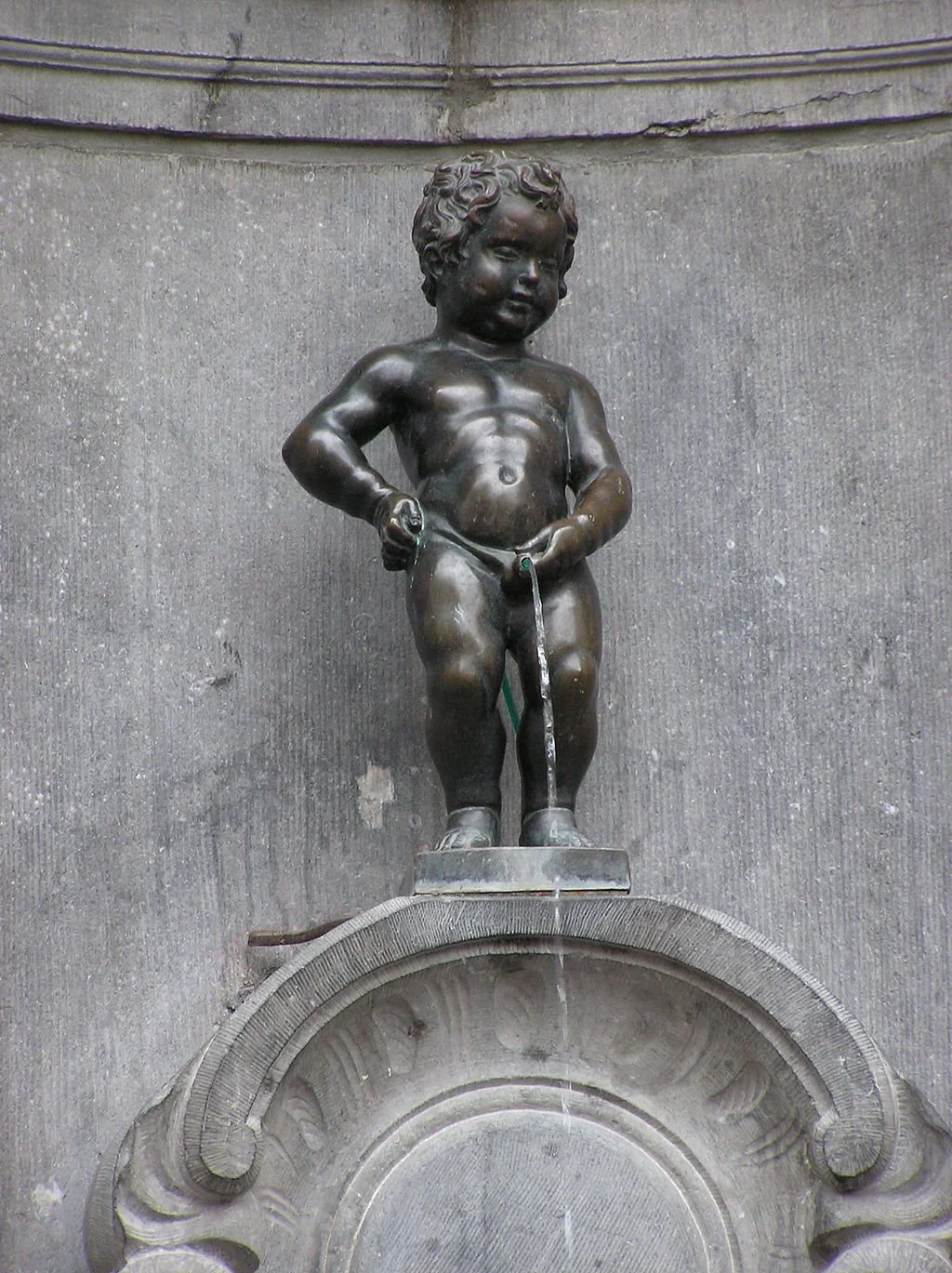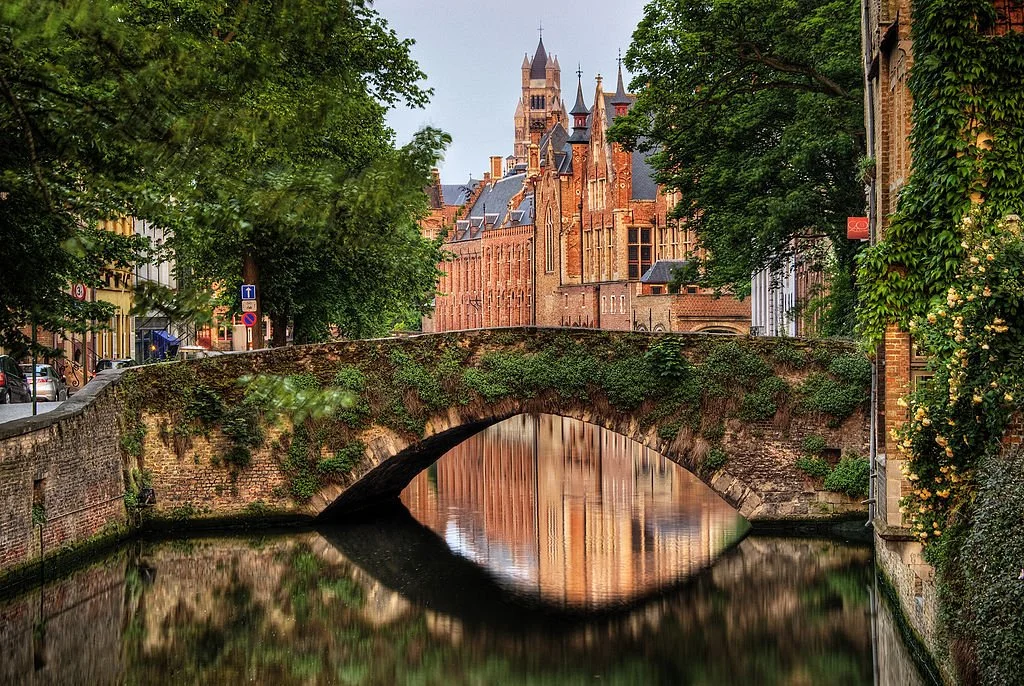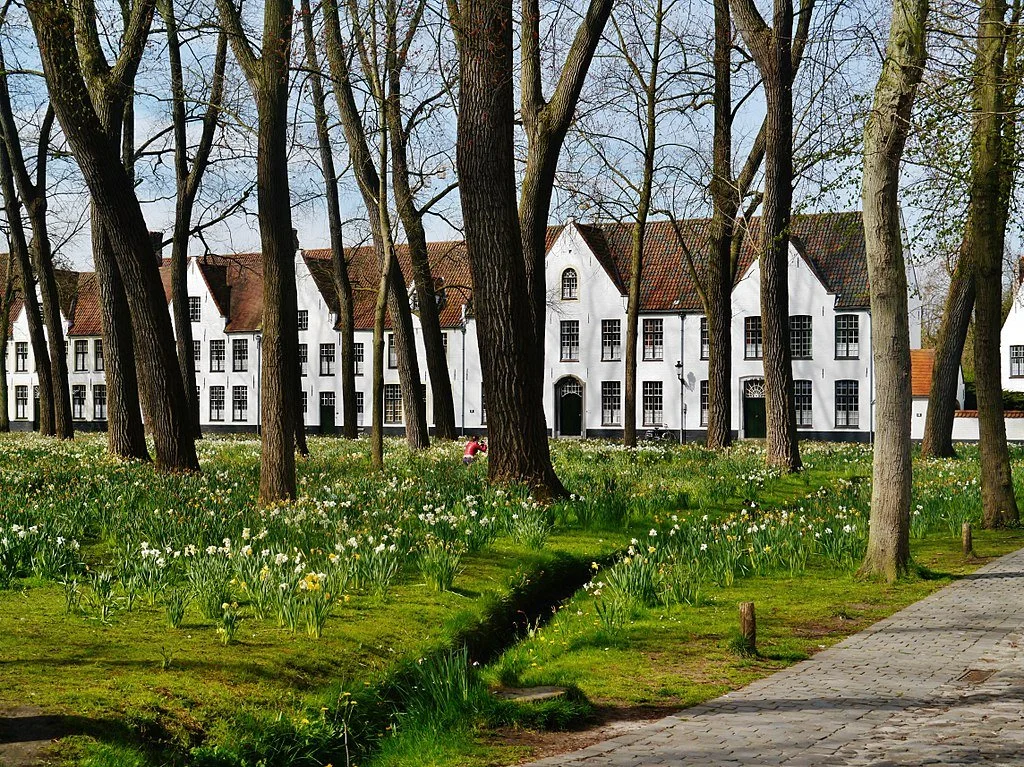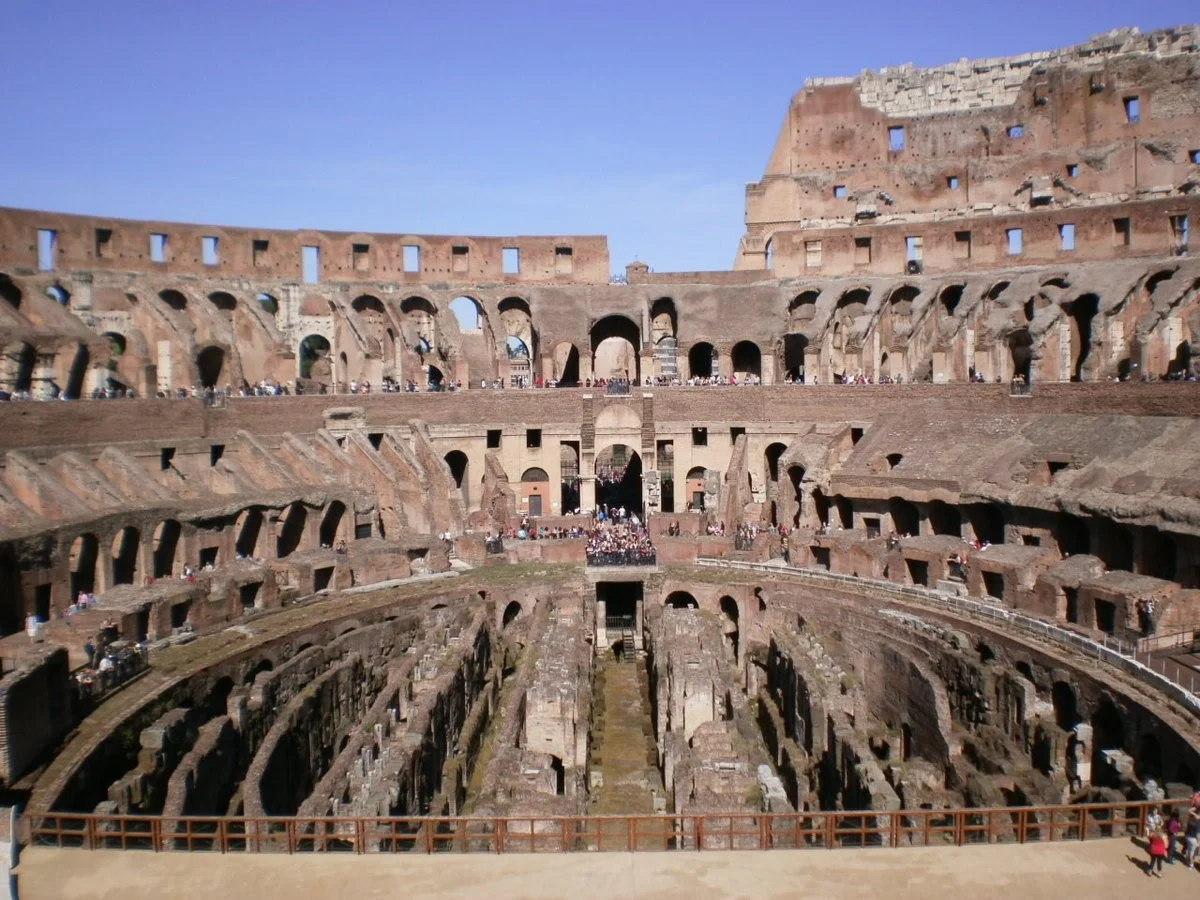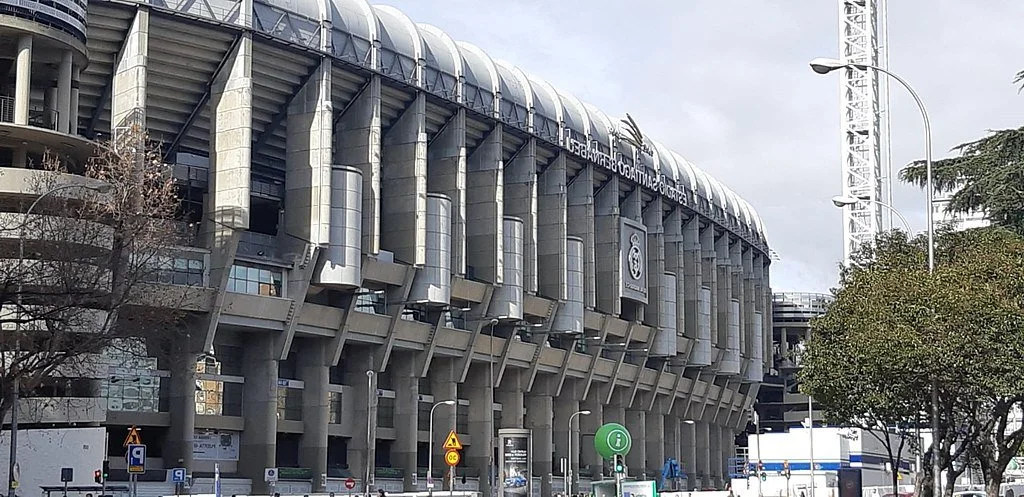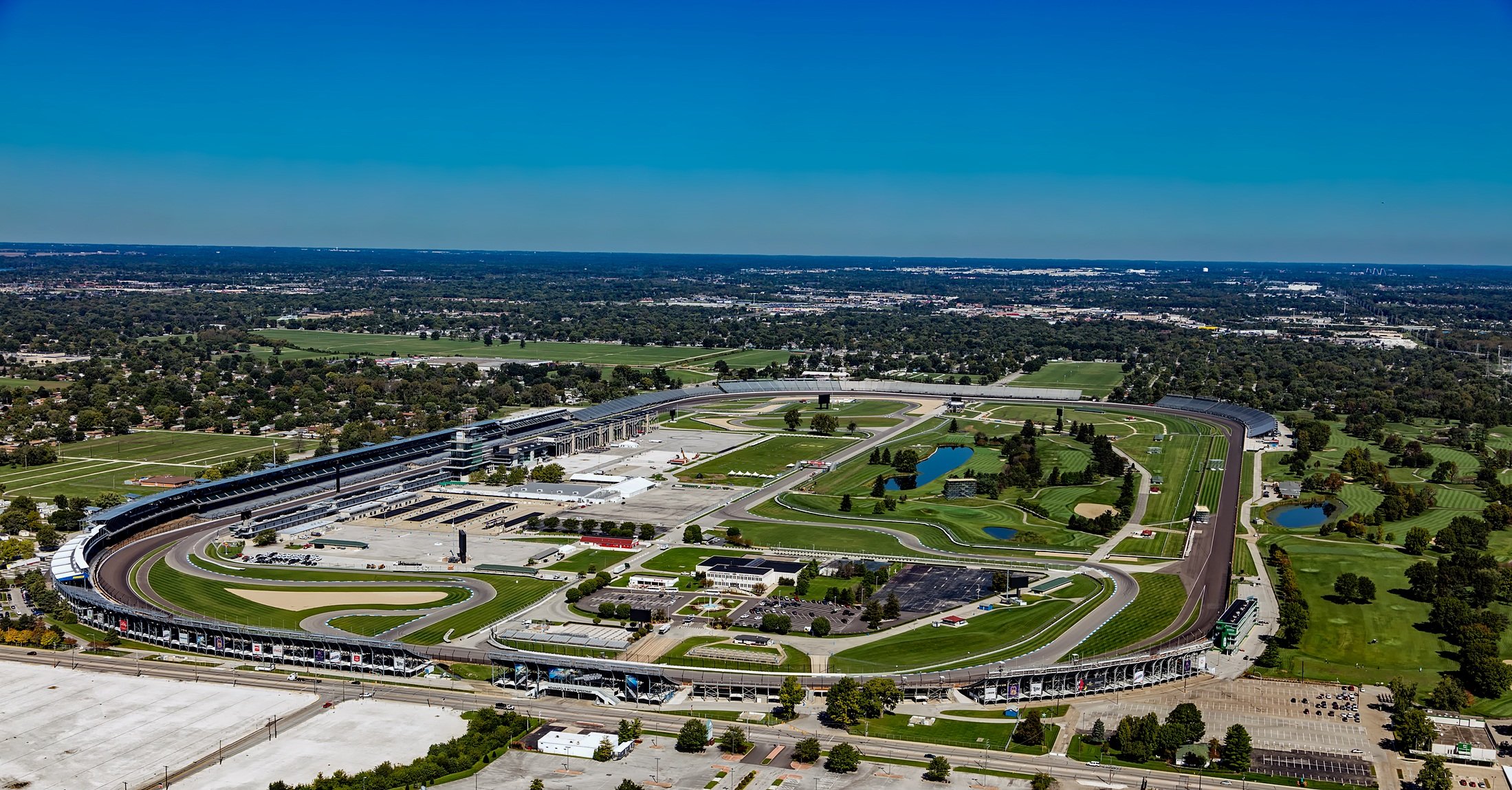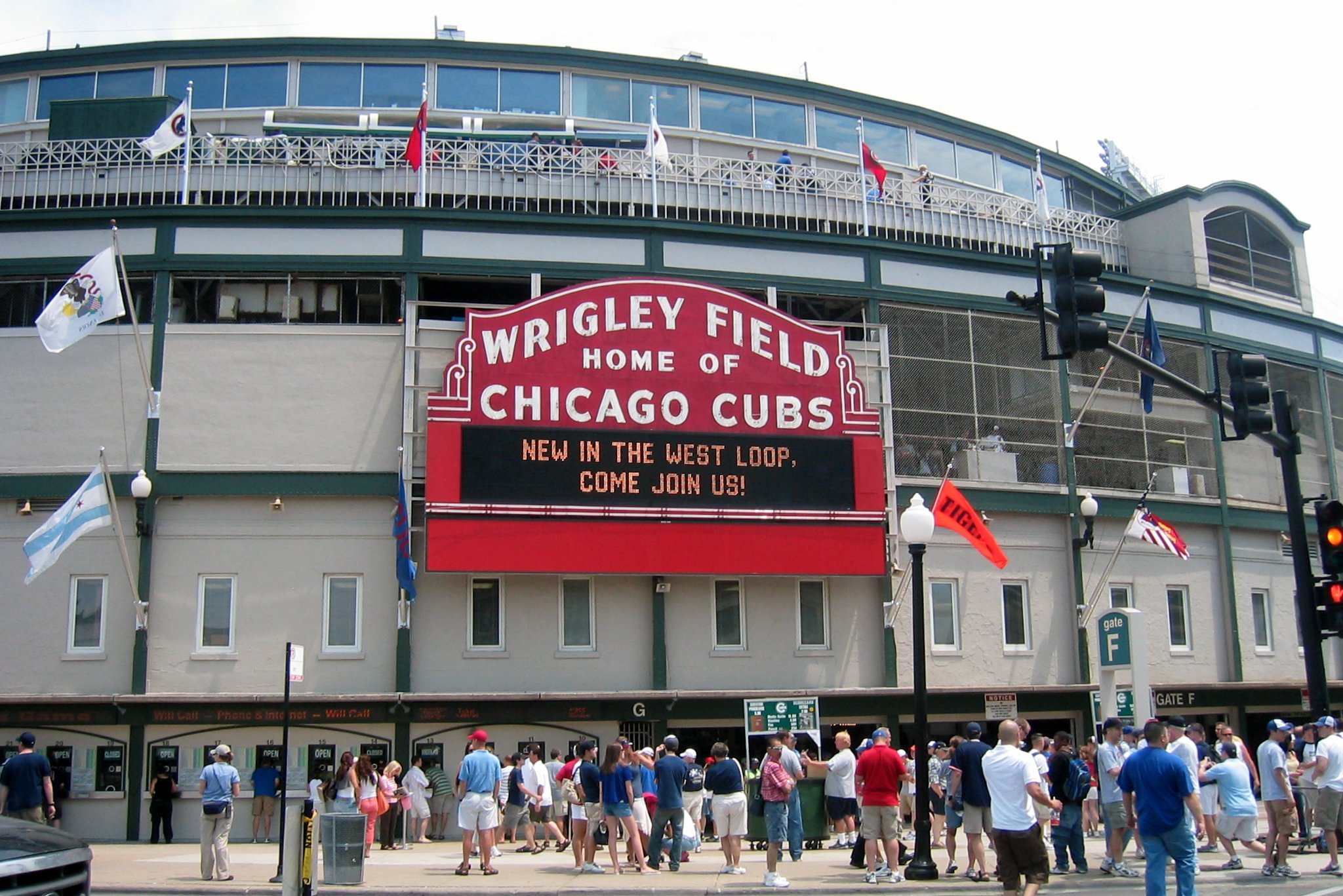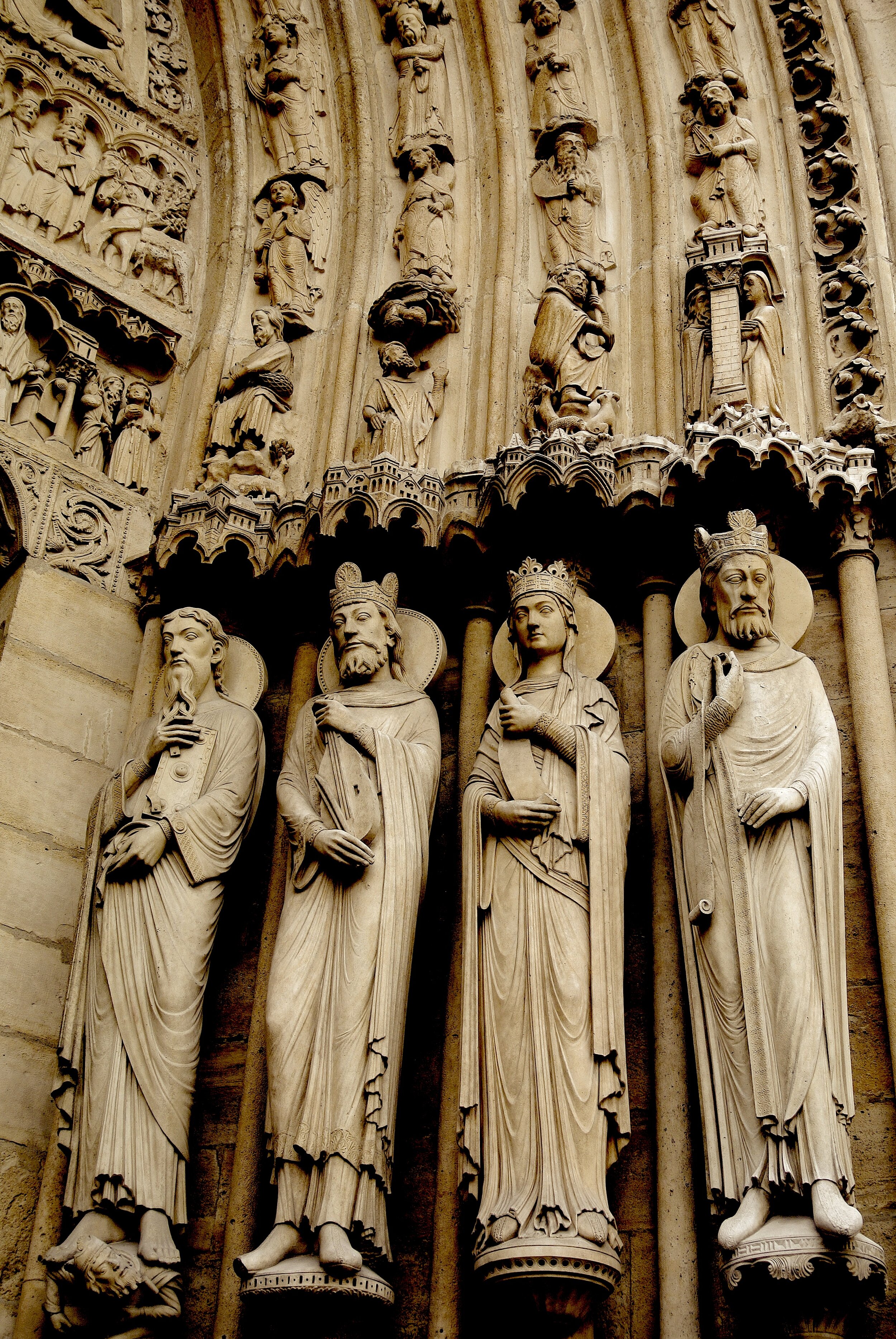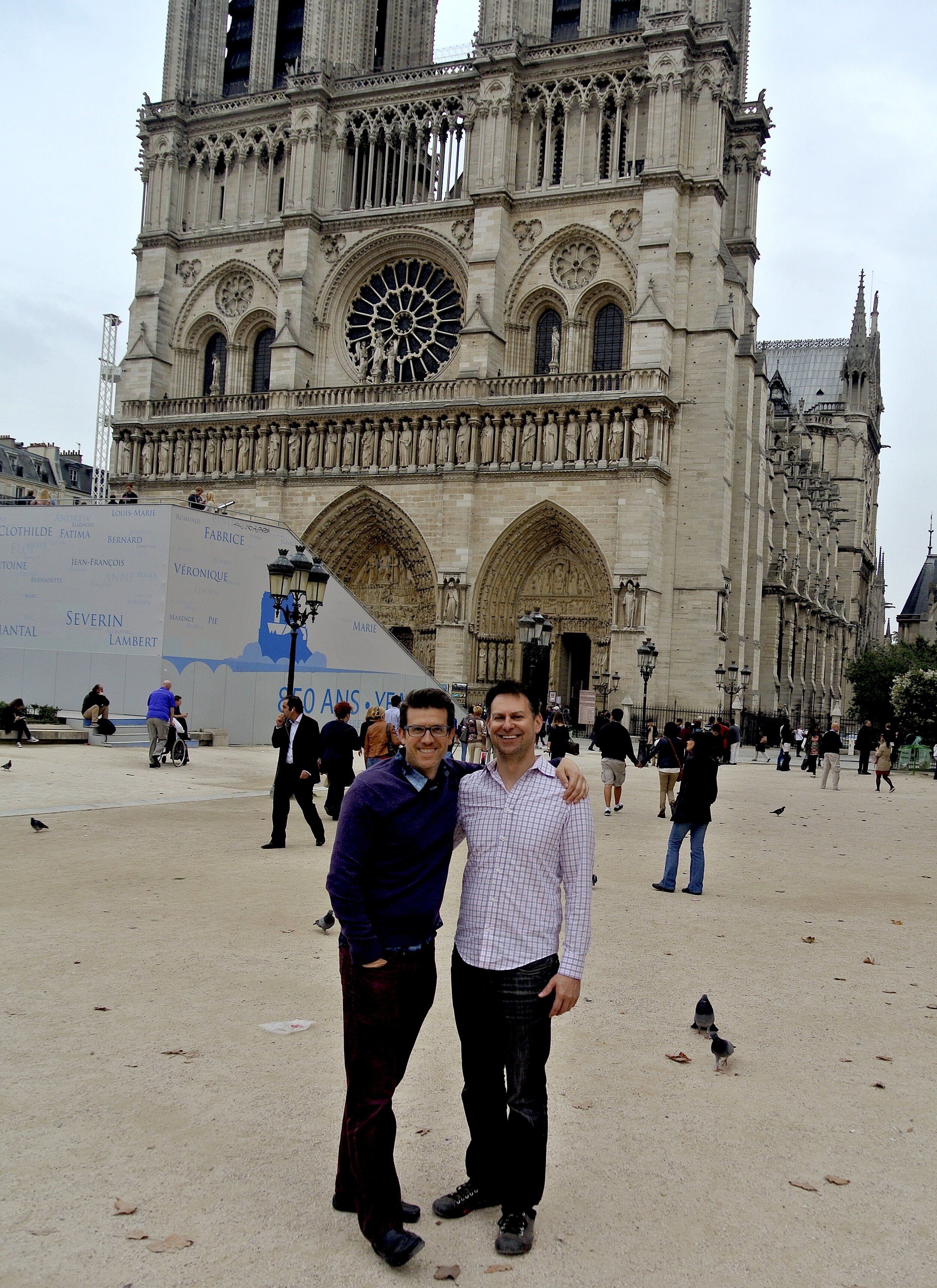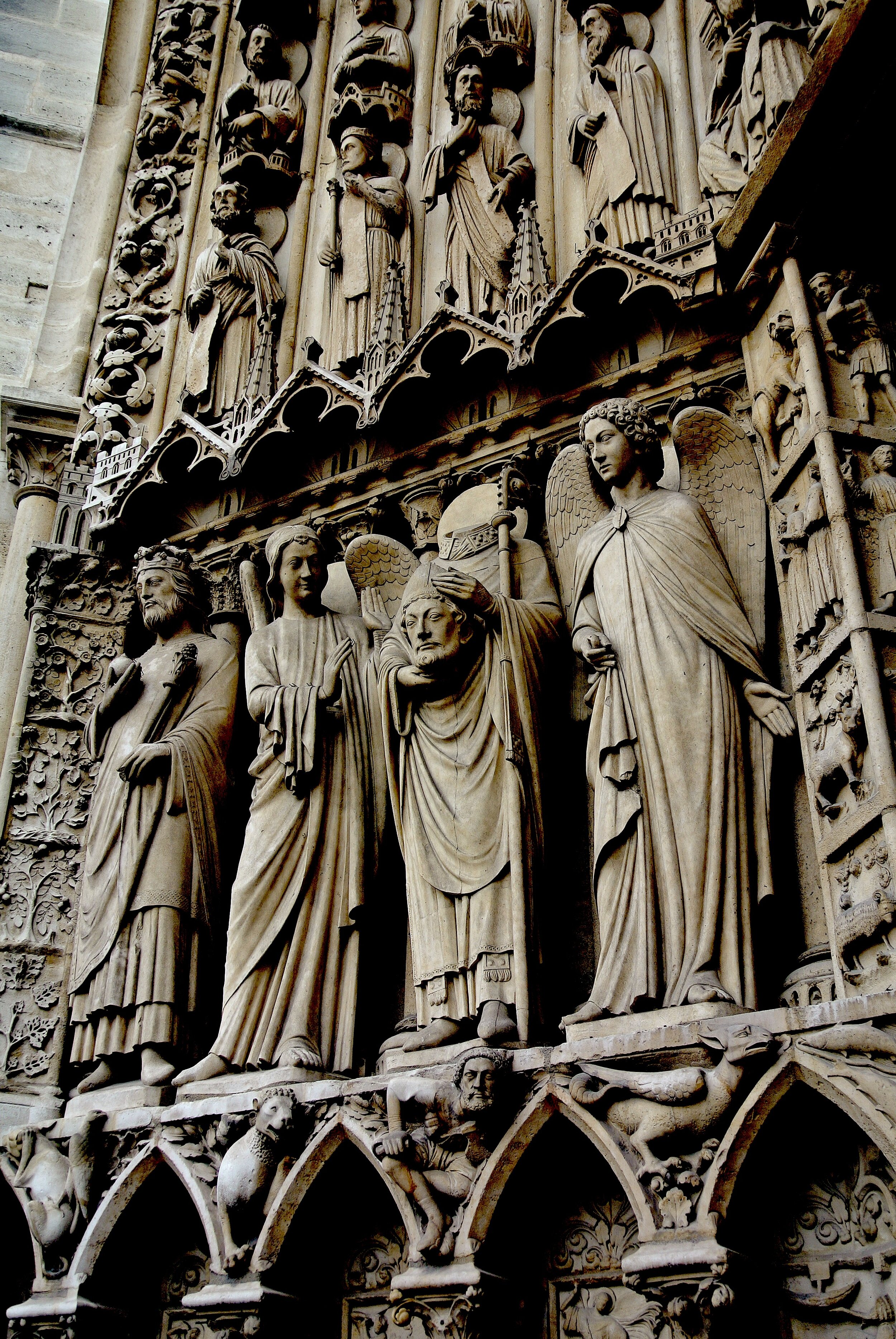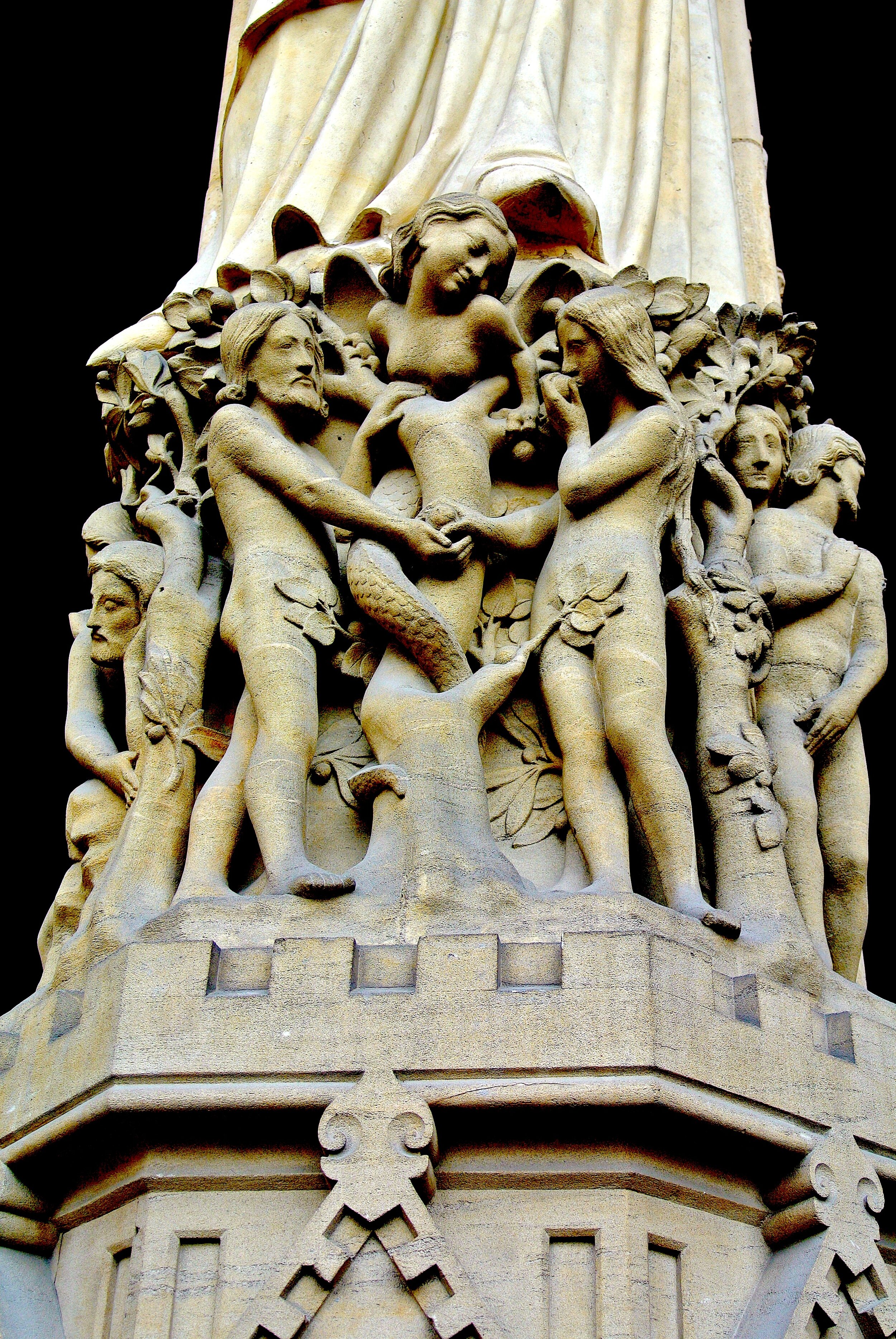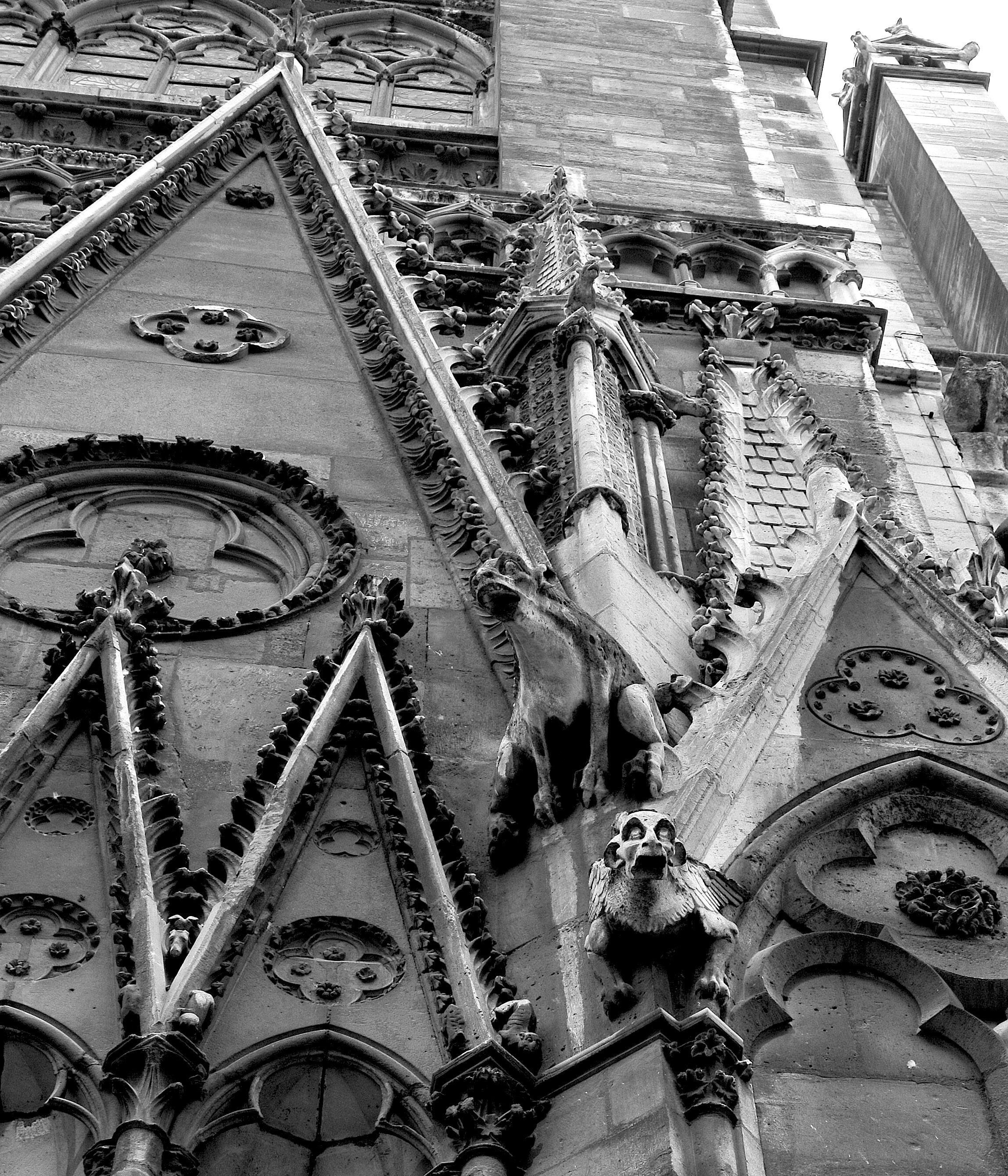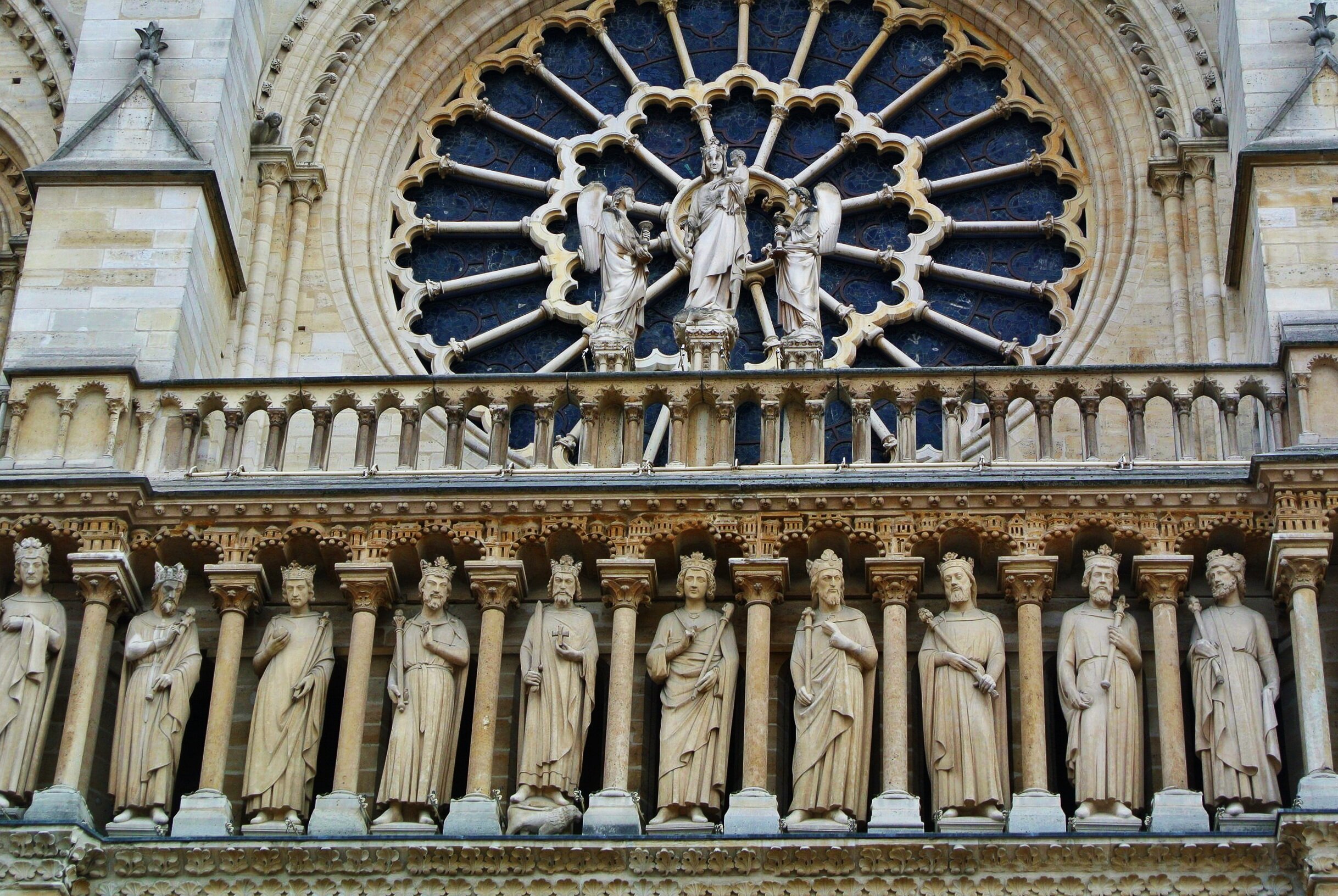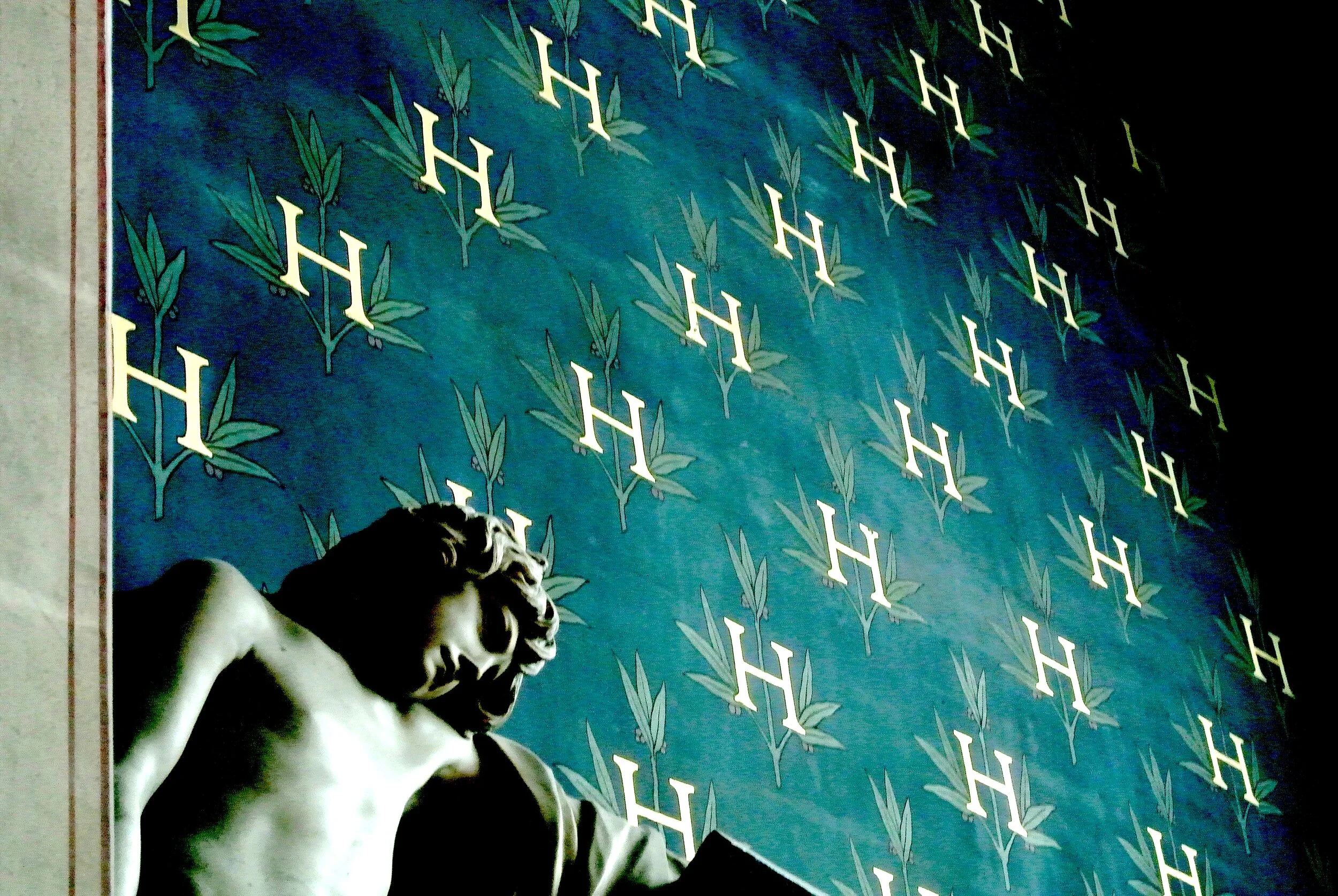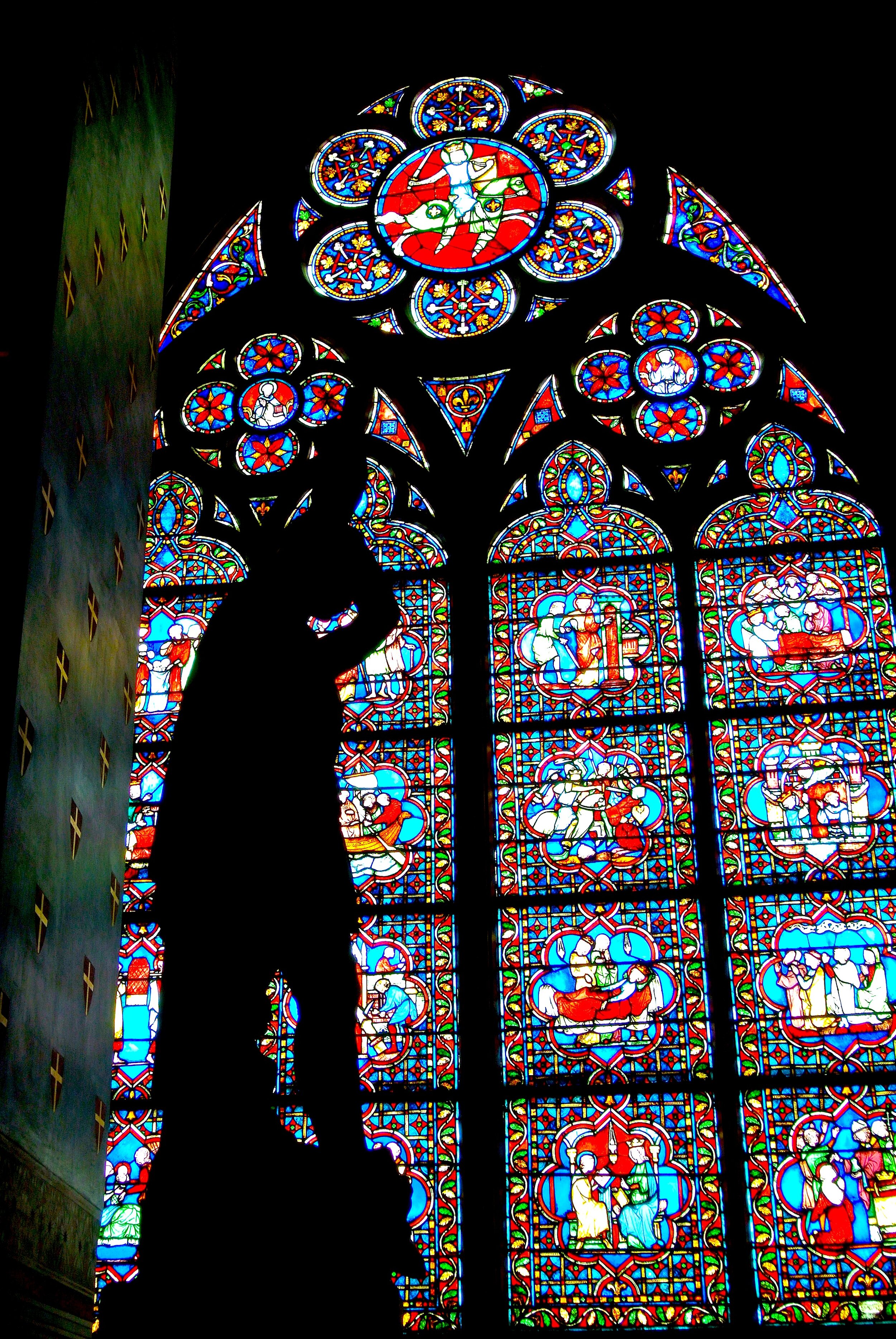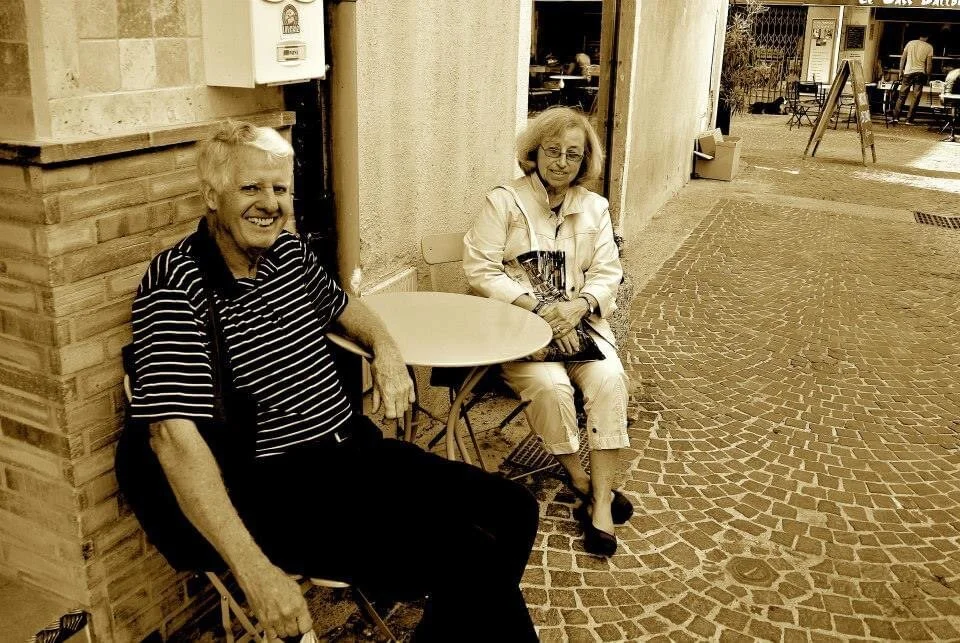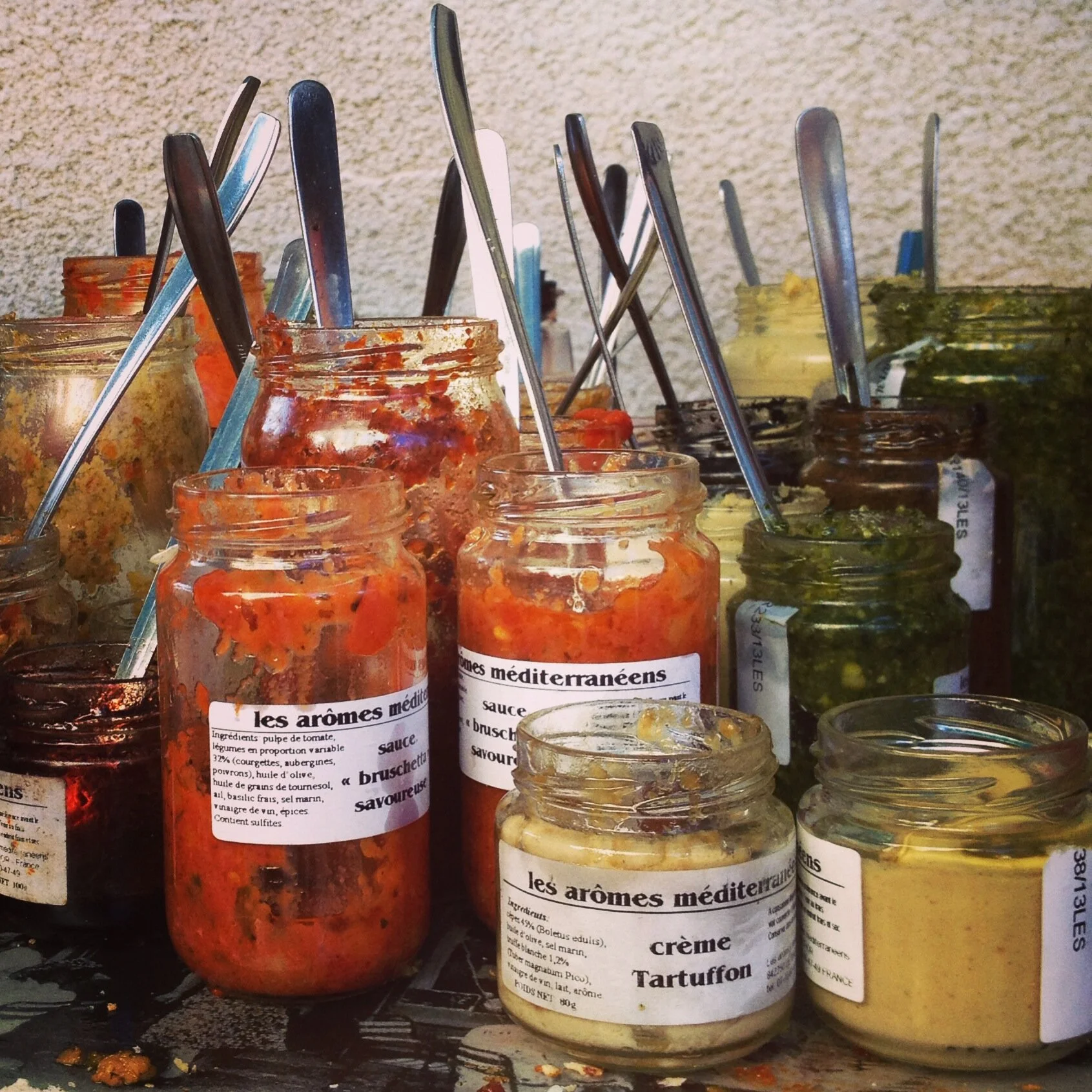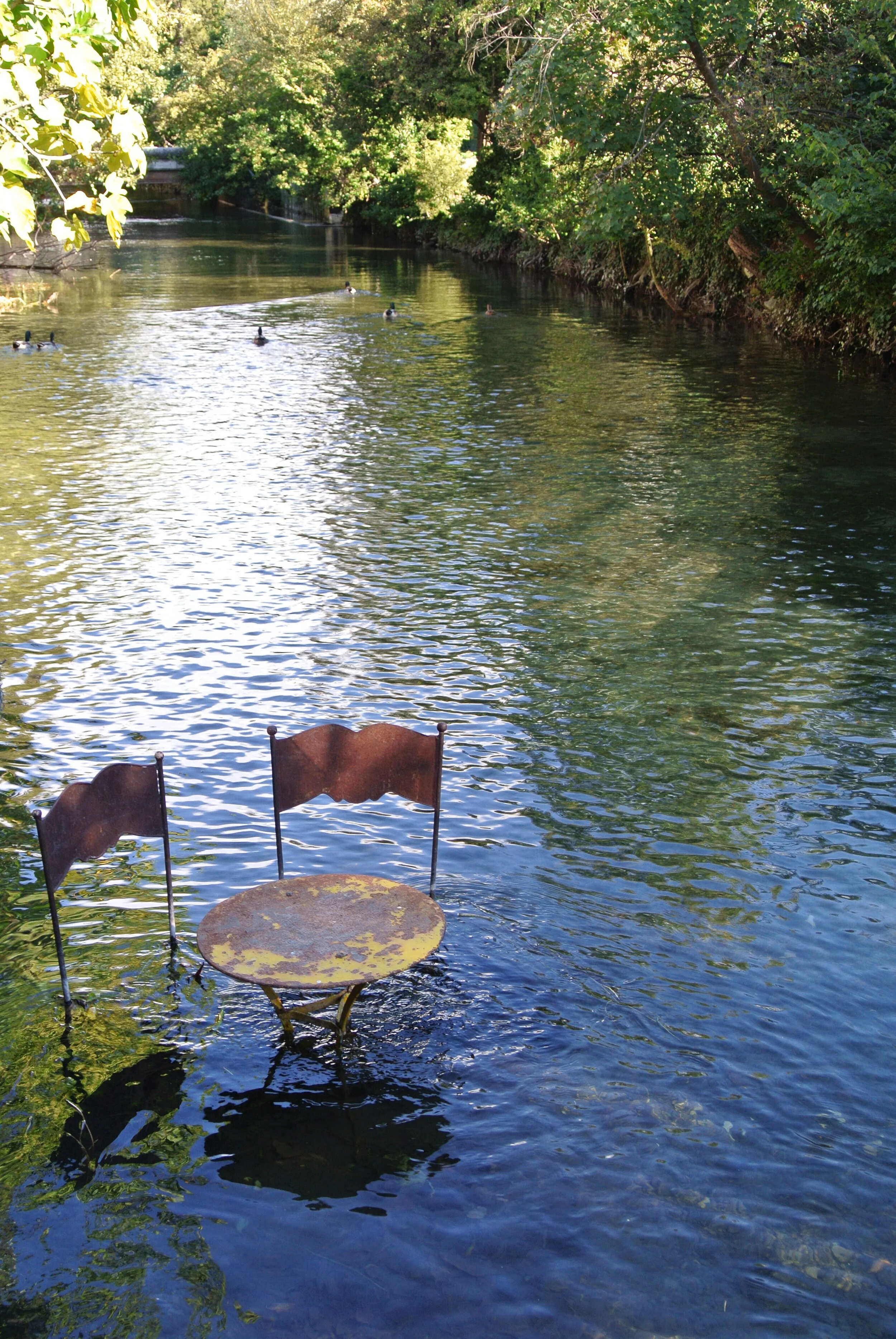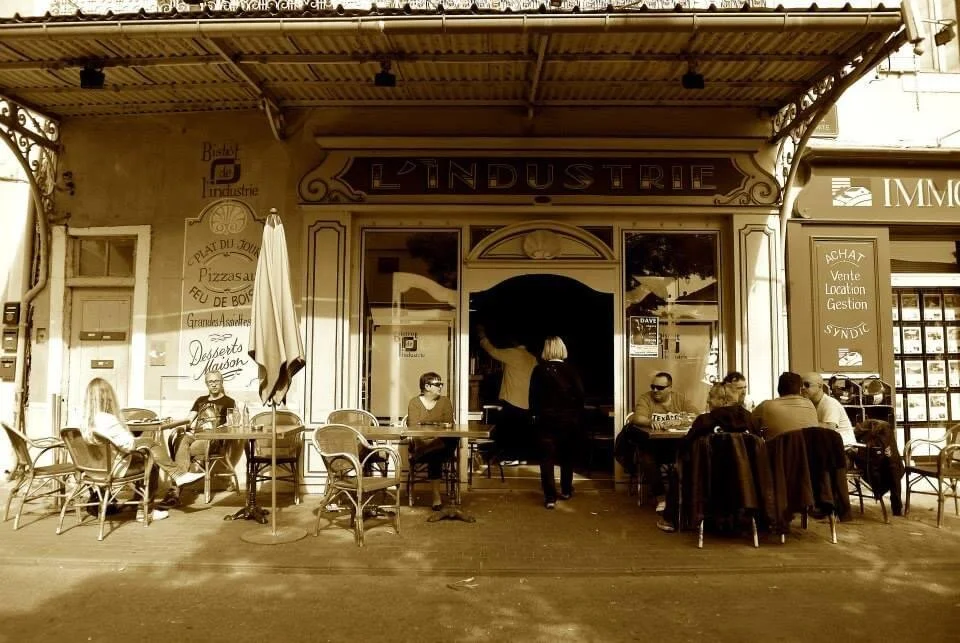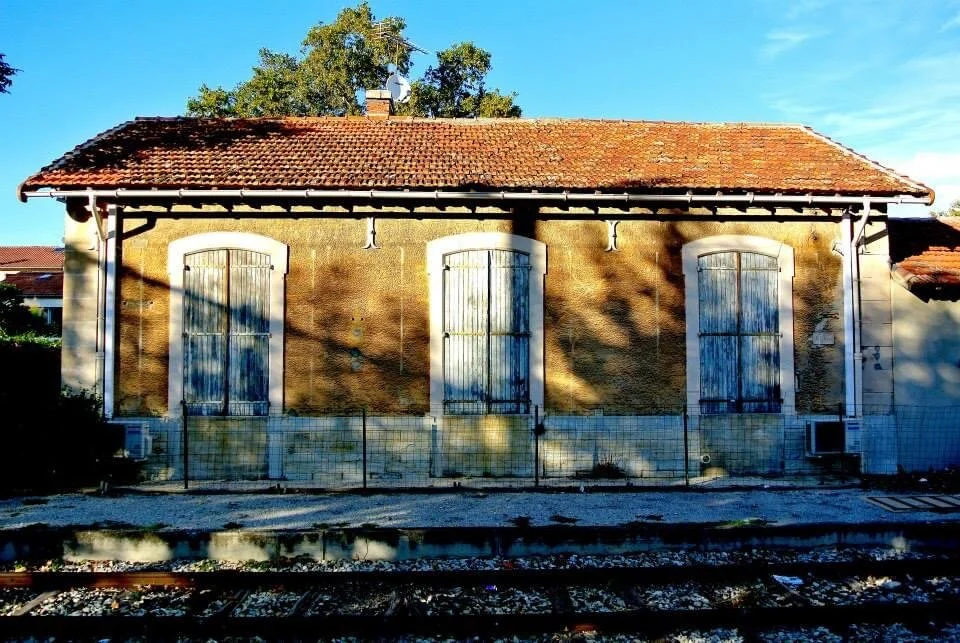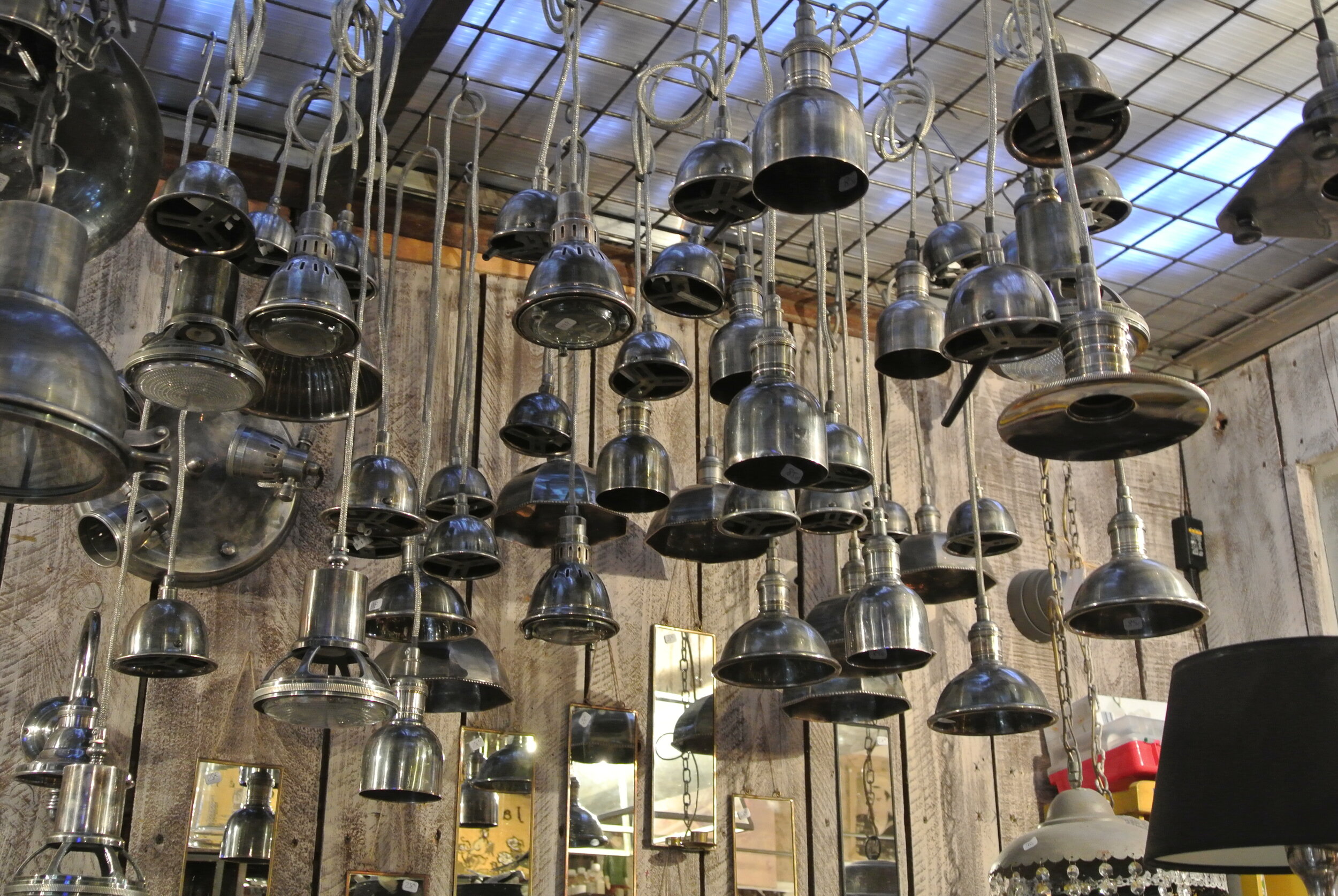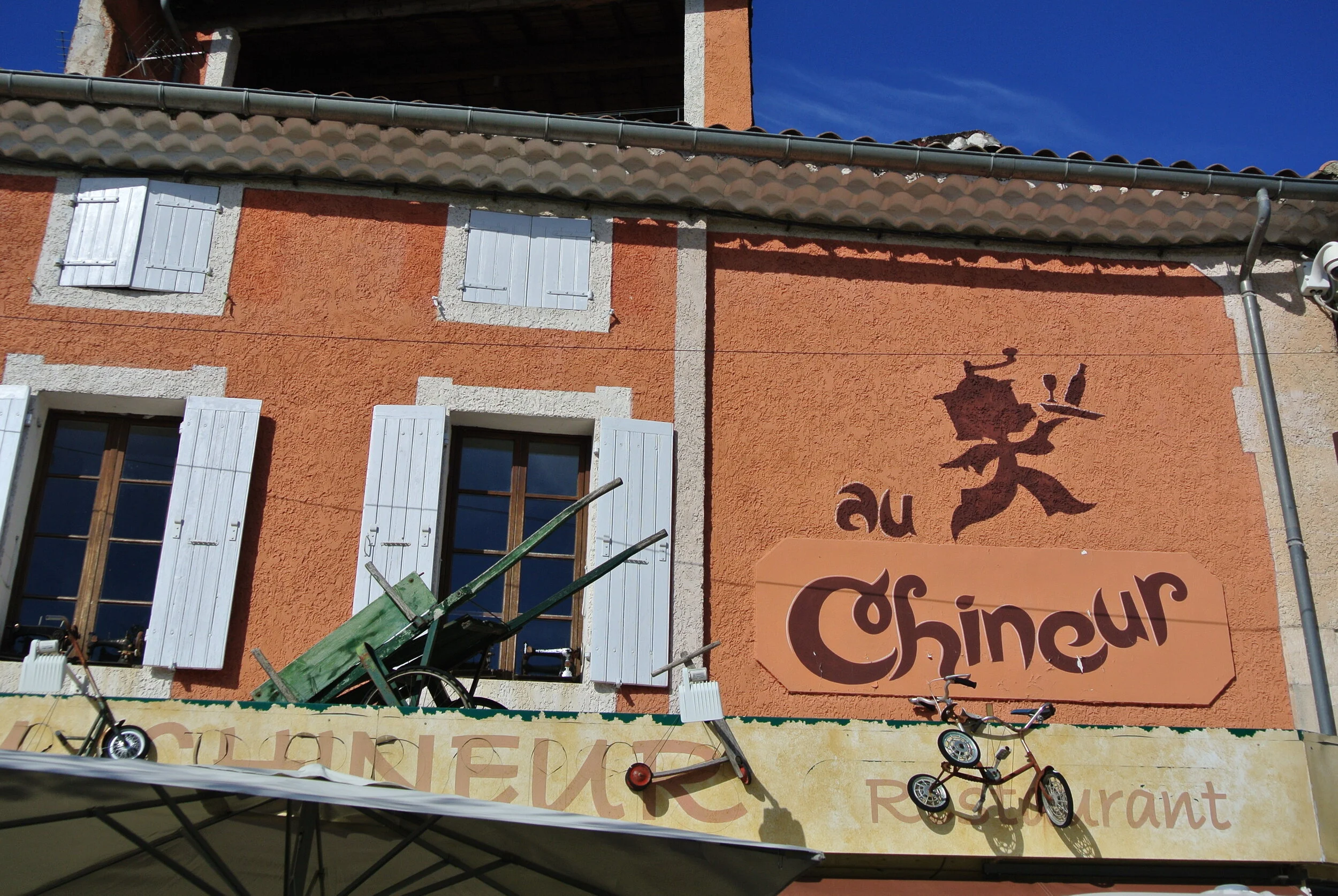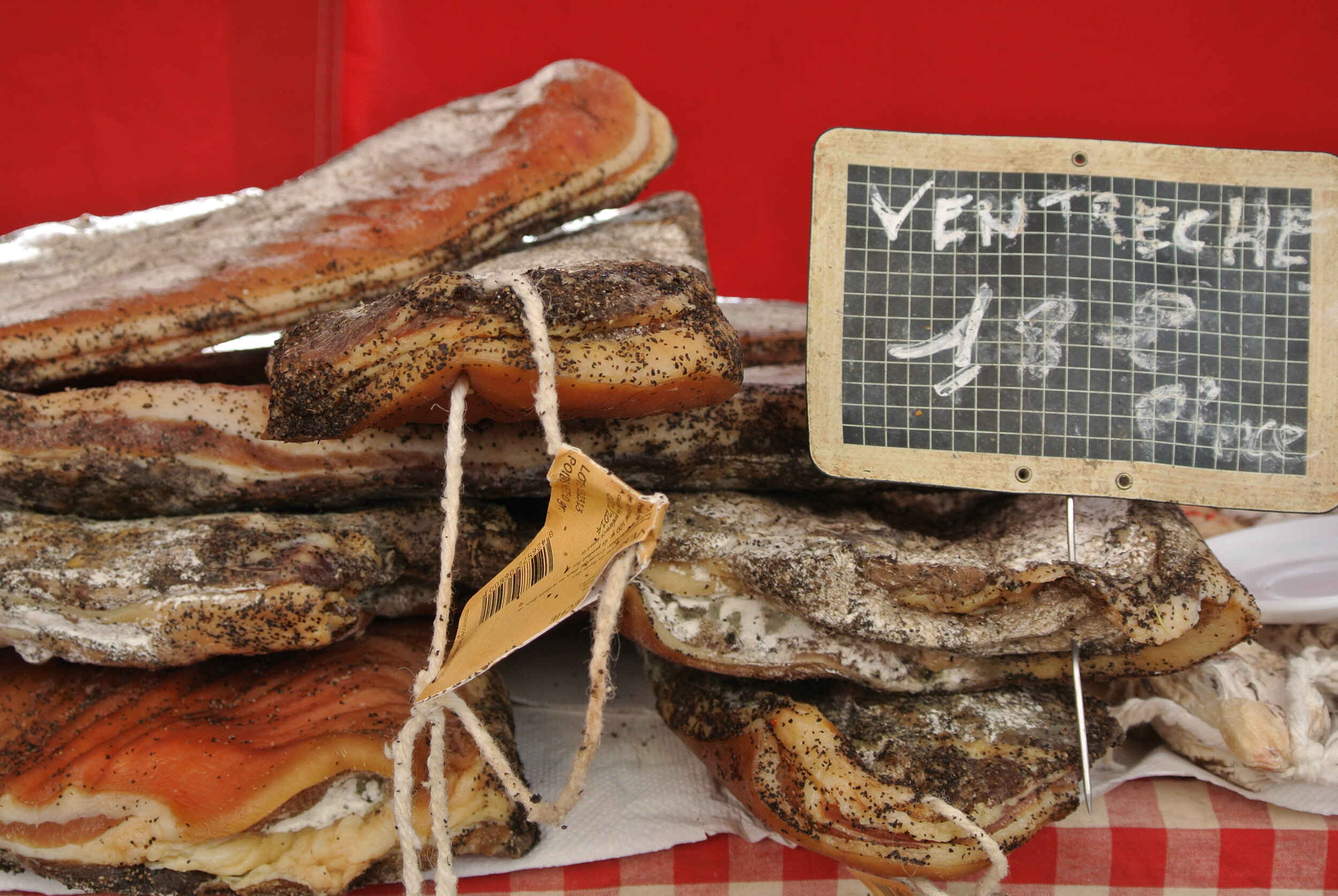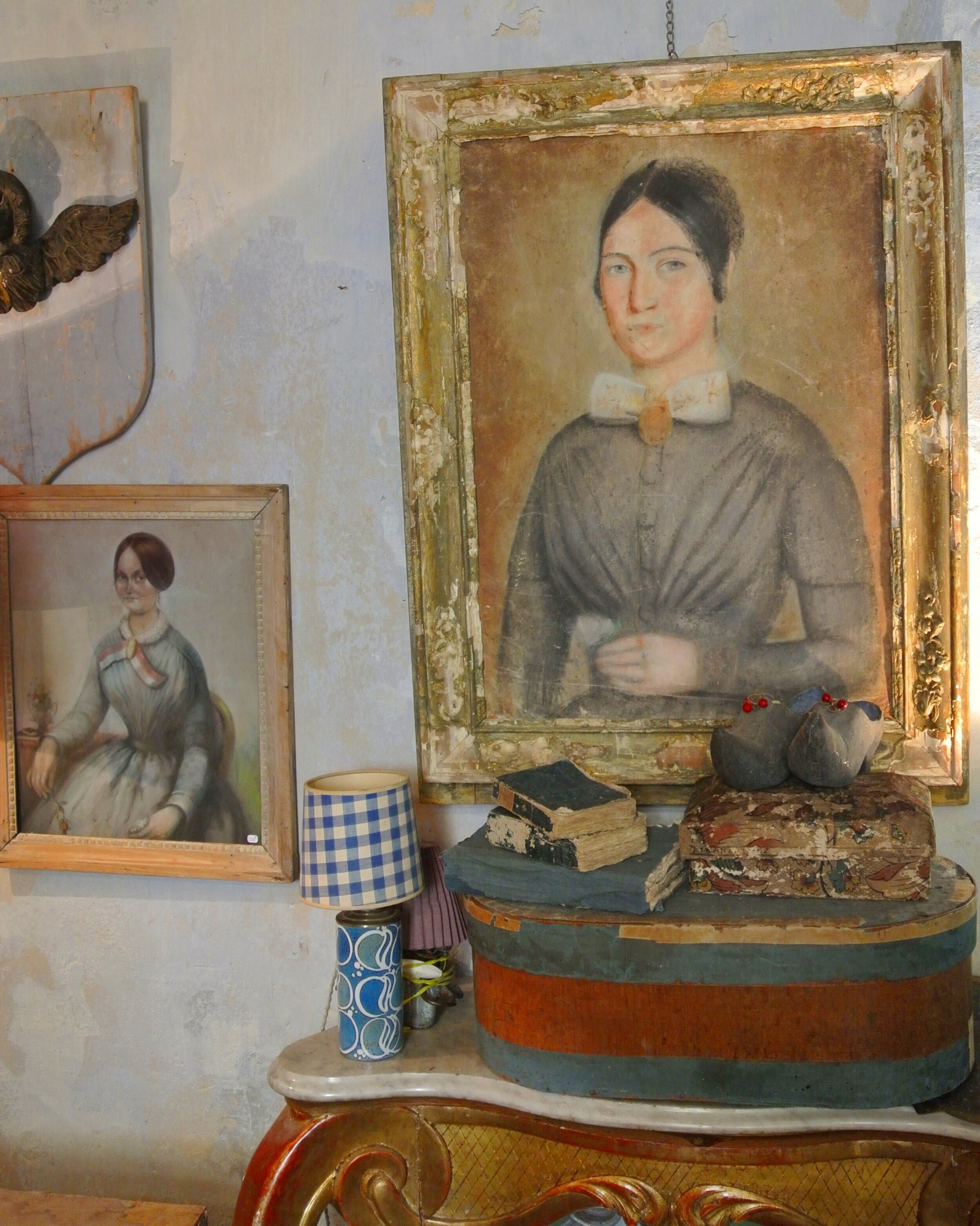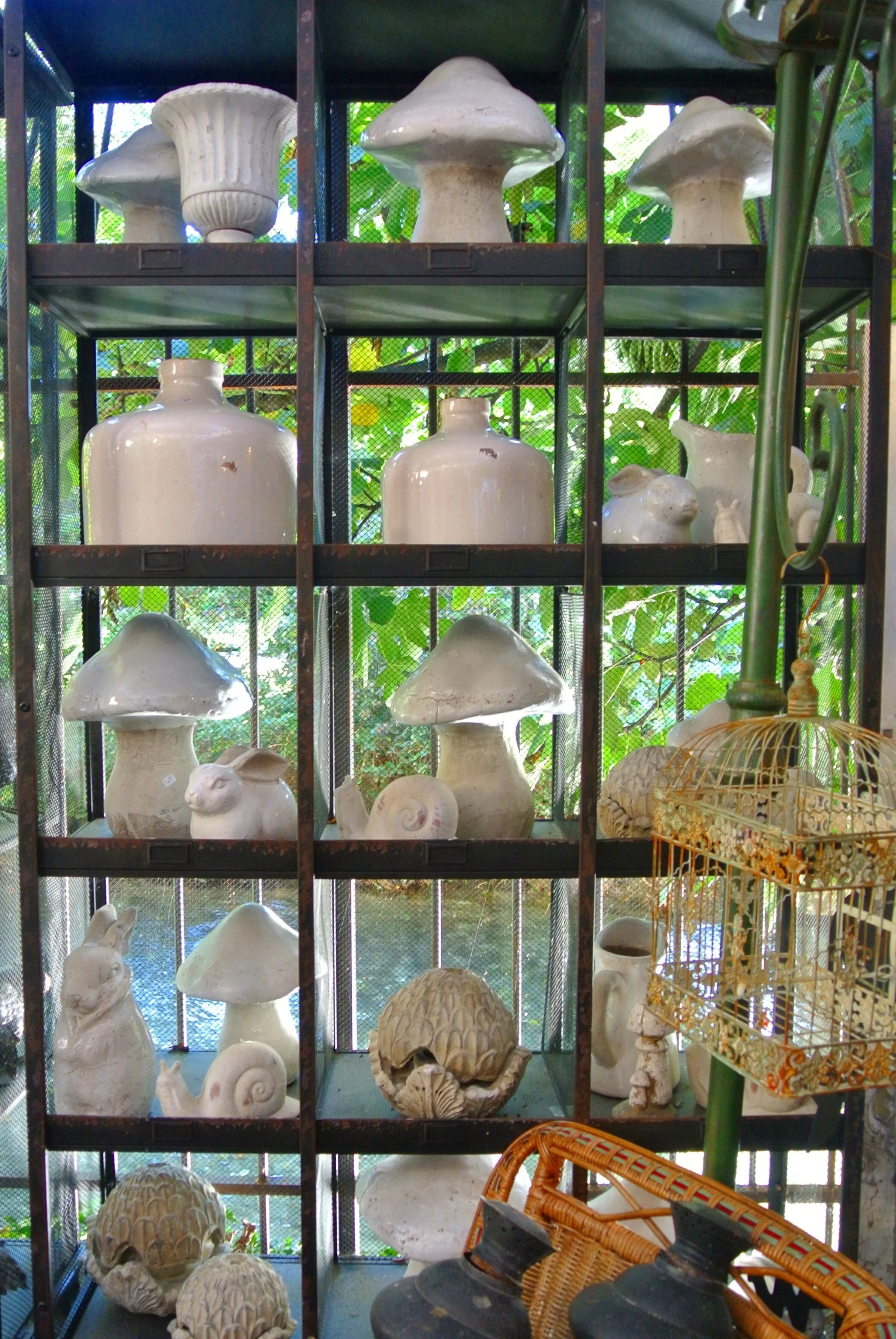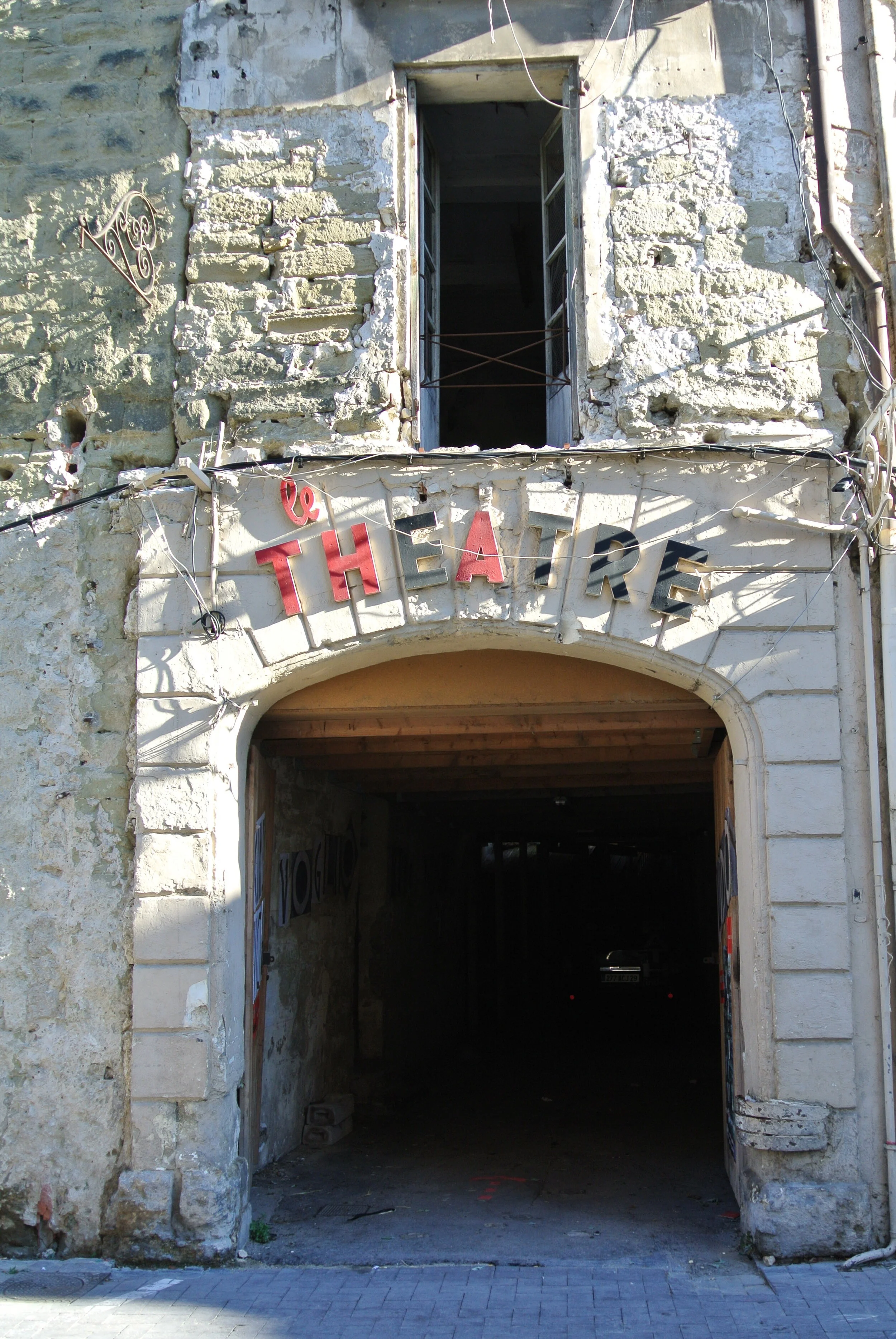Explore the Louvre’s journey from a medieval castle to a world-renowned museum, uncovering its rich history, design changes and cultural legacy.
The Louvre, known for its iconic art collection, houses more than just masterpieces within its walls — it holds centuries of a stormy history and transformation.
Originally a medieval fortress, the Louvre has been reshaped over the ages into one of the largest and most renowned museums in the world. This journey through its architecture not only reflects changing styles but also France’s tumultuous past. Let’s step through time and experience the evolving grandeur of the Louvre.
Where Did the Louvre Get Its Name?
First things first: Ever wondered why one of the world’s most famous museums is called the Louvre? You’re not alone, and, like many things in history, the truth is a bit murky. There are a couple of theories, though, both equally intriguing.
The first — and perhaps the most vivid — traces the name back to the Old French word lupara, meaning wolf. Legend has it that the Louvre might have started as a hunting lodge, a place where wolves once roamed, or perhaps a refuge for those hunting them. Imagine early Parisians chasing down these wild creatures in the shadows of what would one day house the Mona Lisa.
The second theory takes us in a different direction, connecting the name to the Frankish word leovar or leower, meaning a fortified place or watchtower. And this one holds some weight, considering the Louvre began its life in the late 12th century as a defensive fortress.
The Louvre’s Early Years: A Fortress for Kings
The year: 1190. Paris is a thriving but vulnerable medieval city. King Philip II, wary of invasion, commands the construction of a fortress to shield the city from foreign threats.
The structure — thick stone walls, a deep moat — was built to intimidate and protect. The cold, imposing silhouette of the Louvre Castle stood firm, safeguarding the kingdom’s treasures and its people.
Yet, as the centuries passed, Paris evolved, and so did the fortress. By the 14th century, under the reign of Charles V, the once purely defensive stronghold began its metamorphosis into a royal palace, draped in the elegance of Gothic architecture, with soaring arches and intricate stonework. The rigid fortress had turned into a symbol of royal power and opulence, reflecting the splendor of the era.
Renaissance Transformations of the Louvre
The Renaissance breathed new life into the Louvre, reshaping it from a fortress-turned-palace into a majestic royal residence.
In the 16th century, Francis I, a king passionate about art and architecture, envisioned a Louvre that would rival the finest palaces of Europe. He summoned renowned architects like Pierre Lescot to reimagine the building. Stone masons carved delicate sculptures, artisans crafted grand façades, and courtyards took shape — where once there had been utilitarian walls.
The Cour Carrée, a resplendent square courtyard, emerged as a harmonious blend of Renaissance ideals. Classical columns and elegant pediments framed the space, signaling the Louvre’s new status. No longer a fortress of war, the Louvre was becoming a beacon of French culture, preparing to house not just royals, but the world’s greatest artistic treasures.
The Louvre as Museum
Fast forward to the throes of the French Revolution. The palace, once reserved for royalty, was swept into the tide of change.
Interestingly, the Louvre itself wasn’t invaded or looted in the chaotic way that some other royal properties were during the Revolution. While many royal residences, like the Palace of Versailles, faced mobs and plundering, the Louvre largely escaped such direct violence.
Instead of looting, there was a process of “nationalization.” Artworks that had belonged to the monarchy, the Church and émigrés (those who fled the country) were legally confiscated and transferred to the Louvre. Revolutionary authorities essentially took over the management of the collections, treating them as public property rather than private royal possessions.
In 1793, the Louvre opened its doors to the public as a museum, a gesture that symbolized the democratization of art and culture. Citizens, for the first time, stood in front of masterpieces previously reserved for the most elite.
Over the years, its halls would expand, as art from all over Europe poured in.
By the 19th century, the Louvre was undergoing a new transformation — architects like Hector Lefuel extended and renovated its galleries, crafting the museum we recognize today.
And then came the most daring addition of all: a modern wonder amid centuries of history.
The Glass Pyramid: A Modern Icon
In 1989, I.M. Pei unveiled his controversial masterpiece: the glass pyramid.
At first, the contrast was startling. How could this sharp, transparent structure belong in a space so rich with centuries of stone?
Yet over time, the pyramid became a beloved symbol of the Louvre’s embrace of both past and future. Its sleek lines rise from the courtyard like a beacon, inviting visitors into the heart of the museum. The sunlight streams through its glass panels, casting an ethereal glow across the underground lobby, an unexpected harmony of ancient and modern.
Experiencing the Louvre Today
Today, the Louvre could be considered a pilgrimage site for art lovers from around the globe. Housing over 38,000 works, including the enigmatic Mona Lisa and the timeless Venus de Milo, the Louvre offers not just a glimpse into the history of art but also a walk through the very evolution of Paris and France itself.
As you wander its grand galleries, each wing tells a different story — of kings, of revolutions, of artistic triumphs. The very stones of the Louvre whisper of the centuries they’ve witnessed.
For modern visitors, the experience begins long before entering its halls. With millions flocking to its doors, securing tickets to the Louvre in advance is essential to making the most of your time. Booking your Louvre tickets online ensures not only your entry but also your chance to explore this monumental blend of history and art at your own pace.
Standing beneath the glass pyramid, surrounded by the architectural echoes of past centuries, you’re stepping into a story that spans from medieval fortifications to modern masterpieces. And when you visit, you’ll become part of the Louvre’s ongoing story. –John Cunningham



















